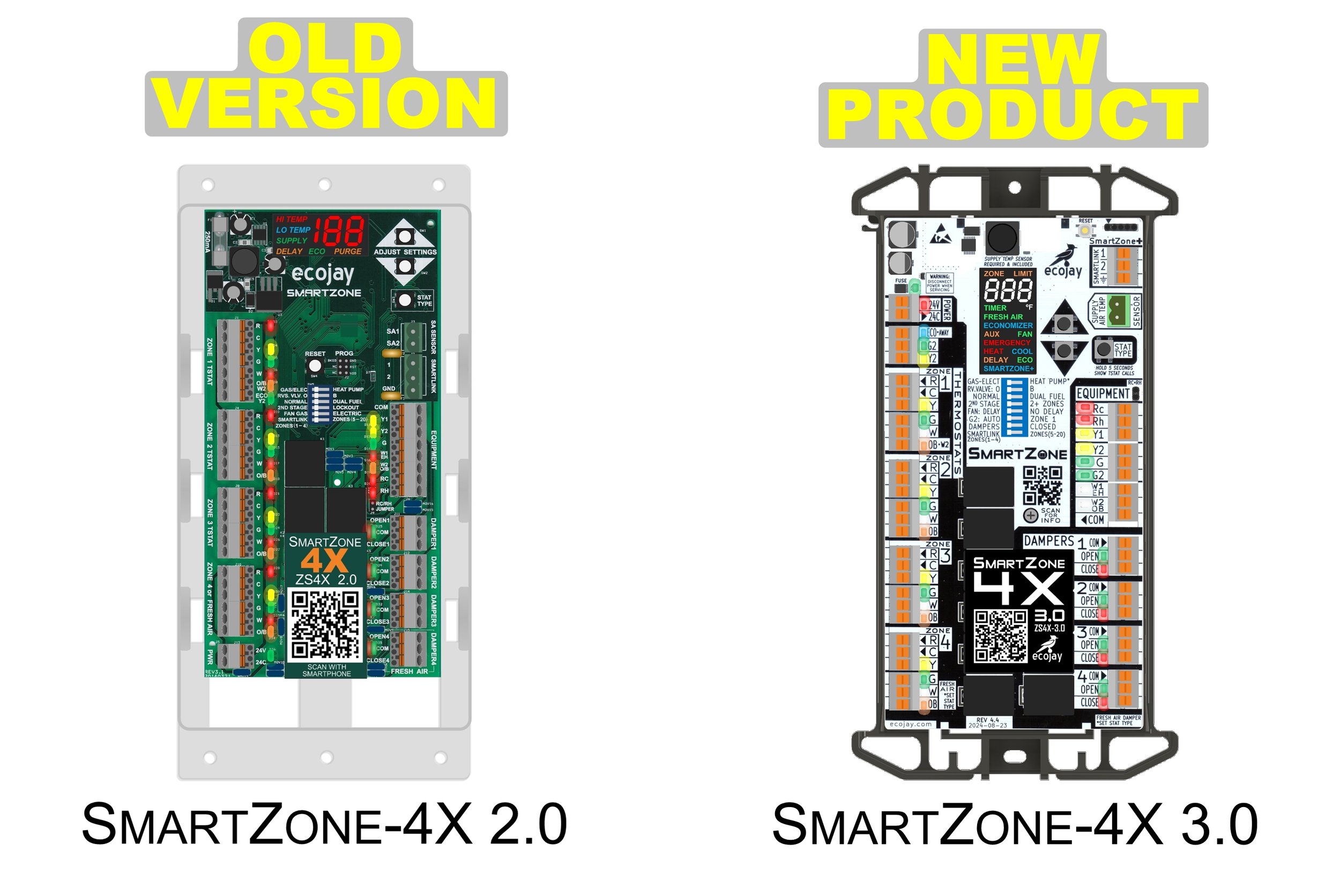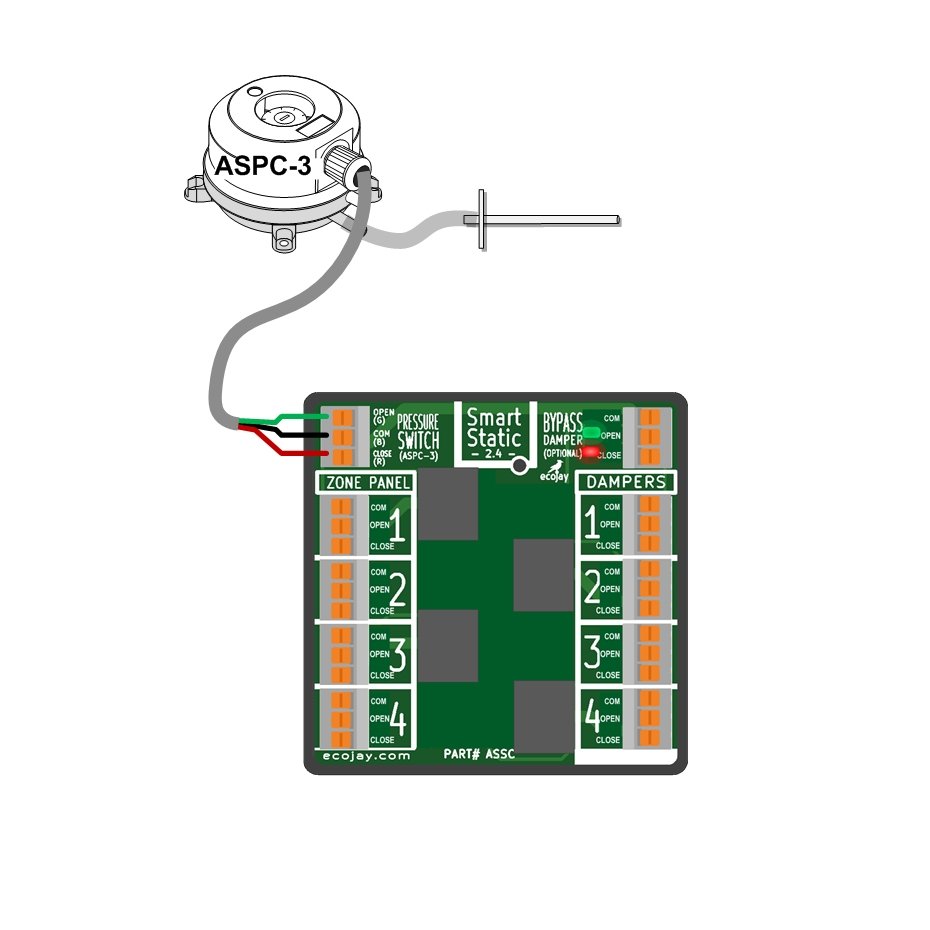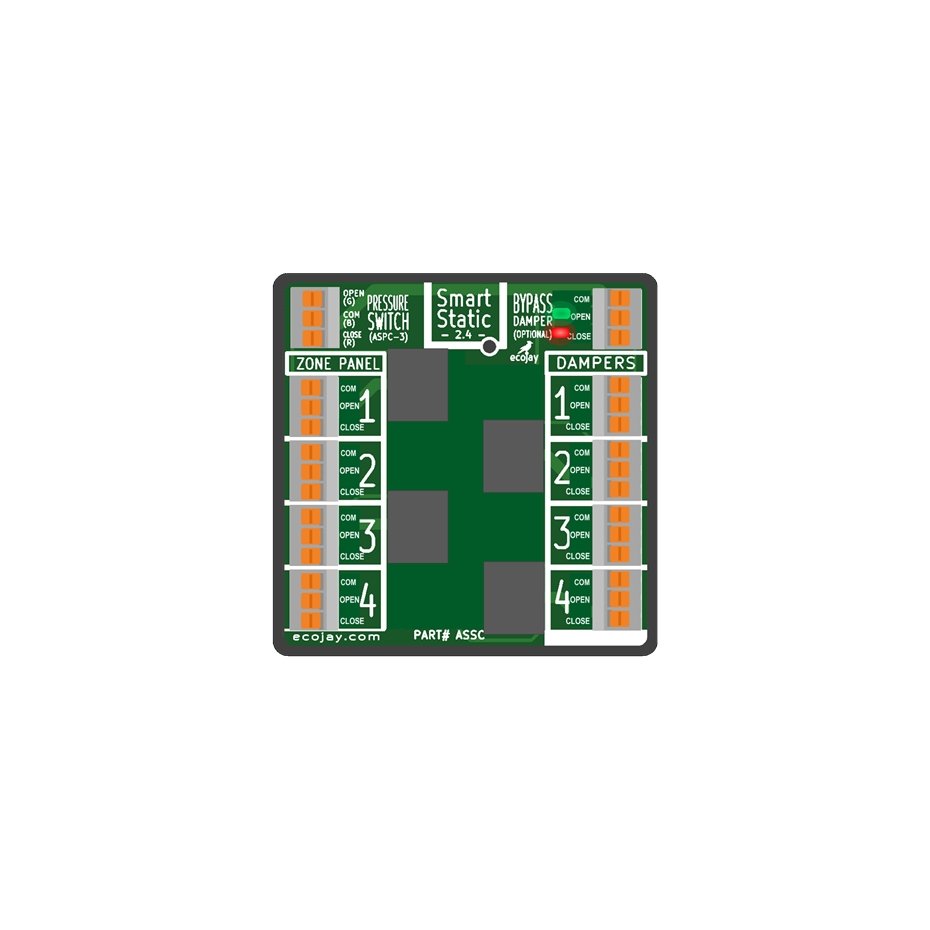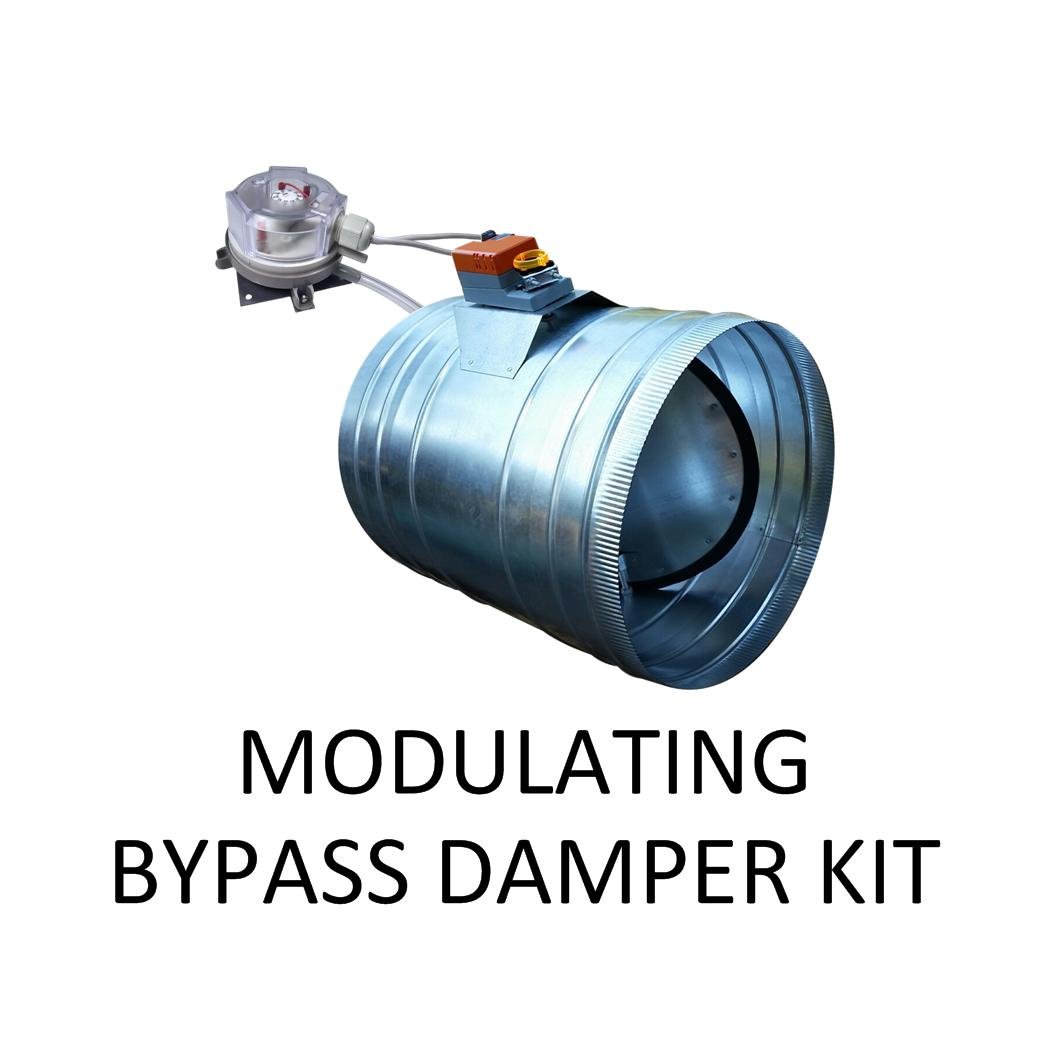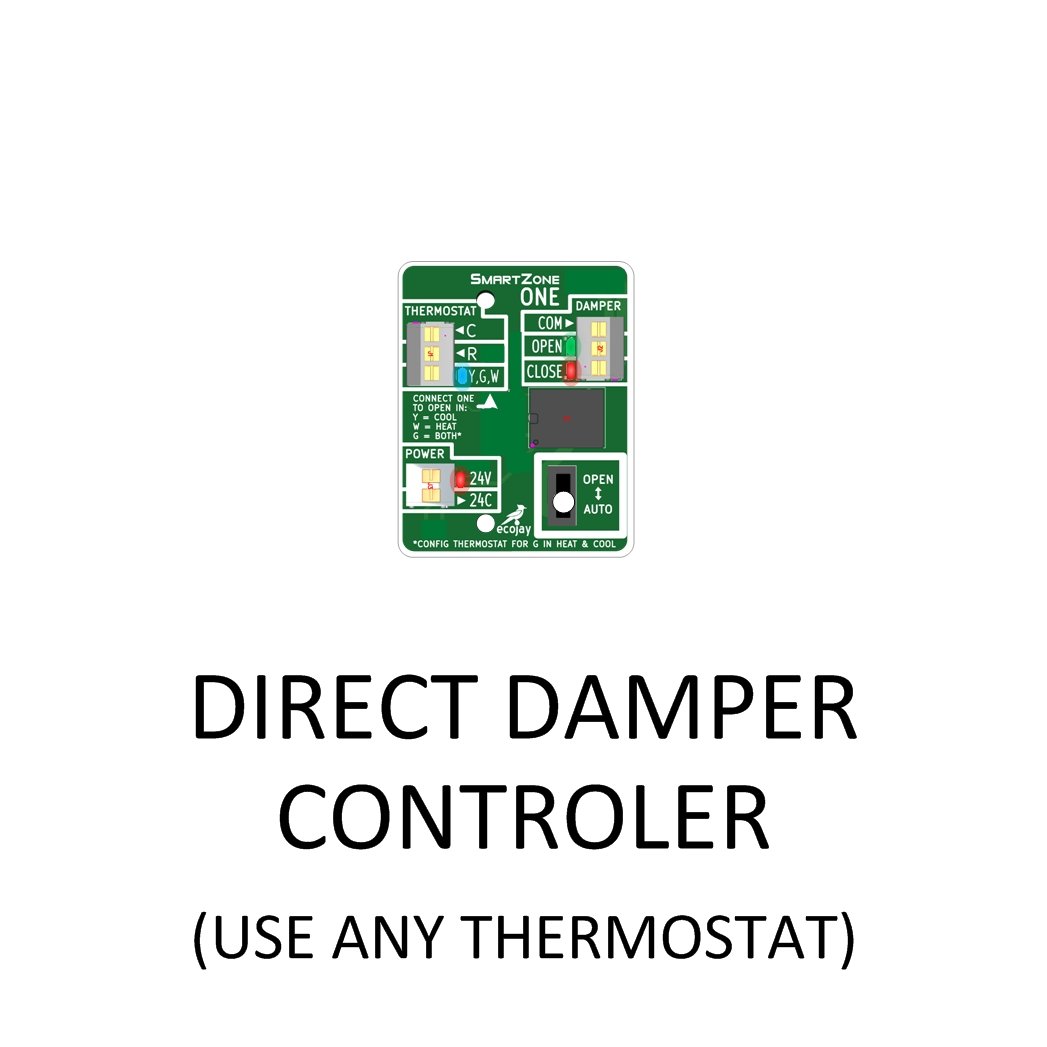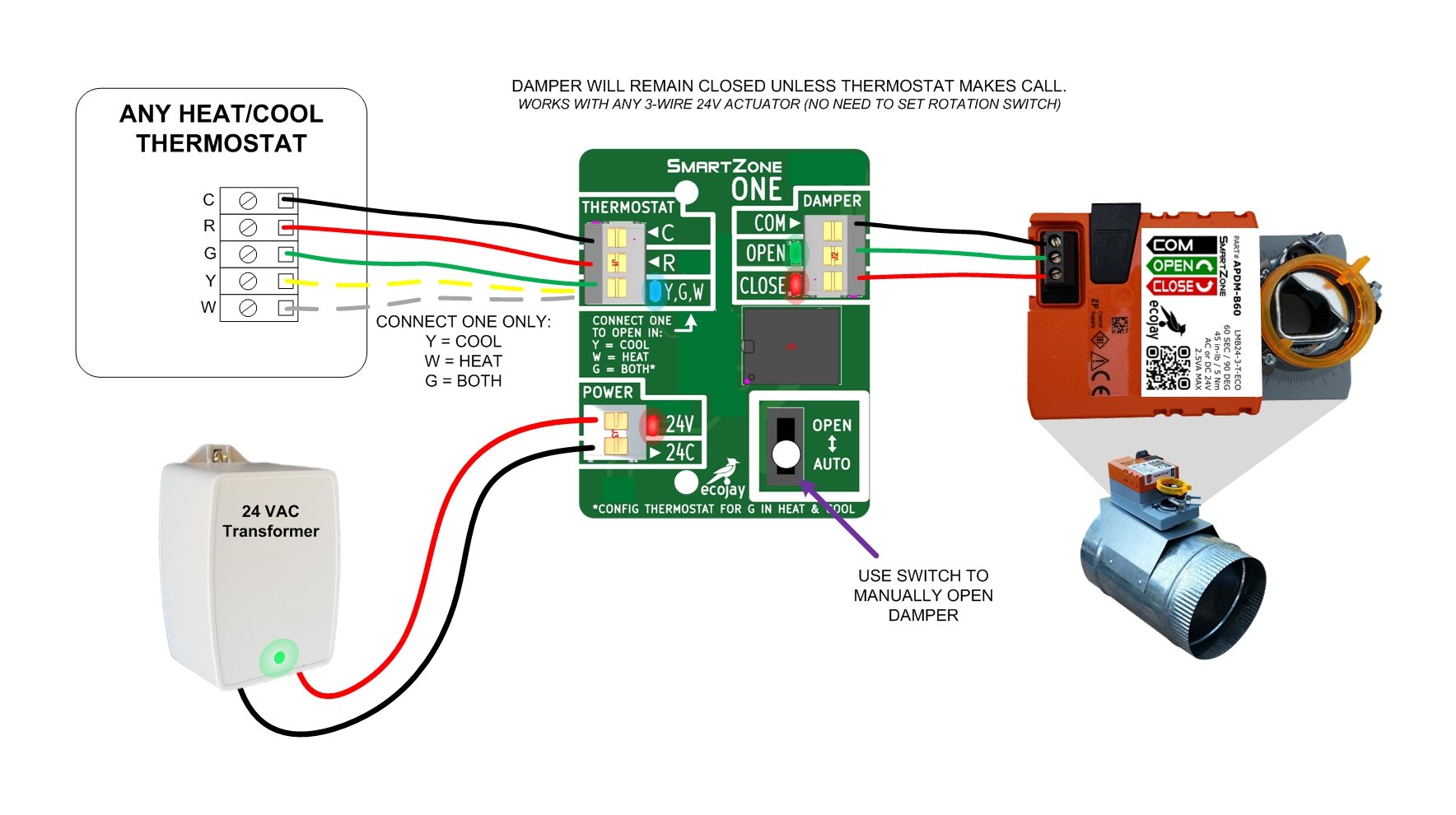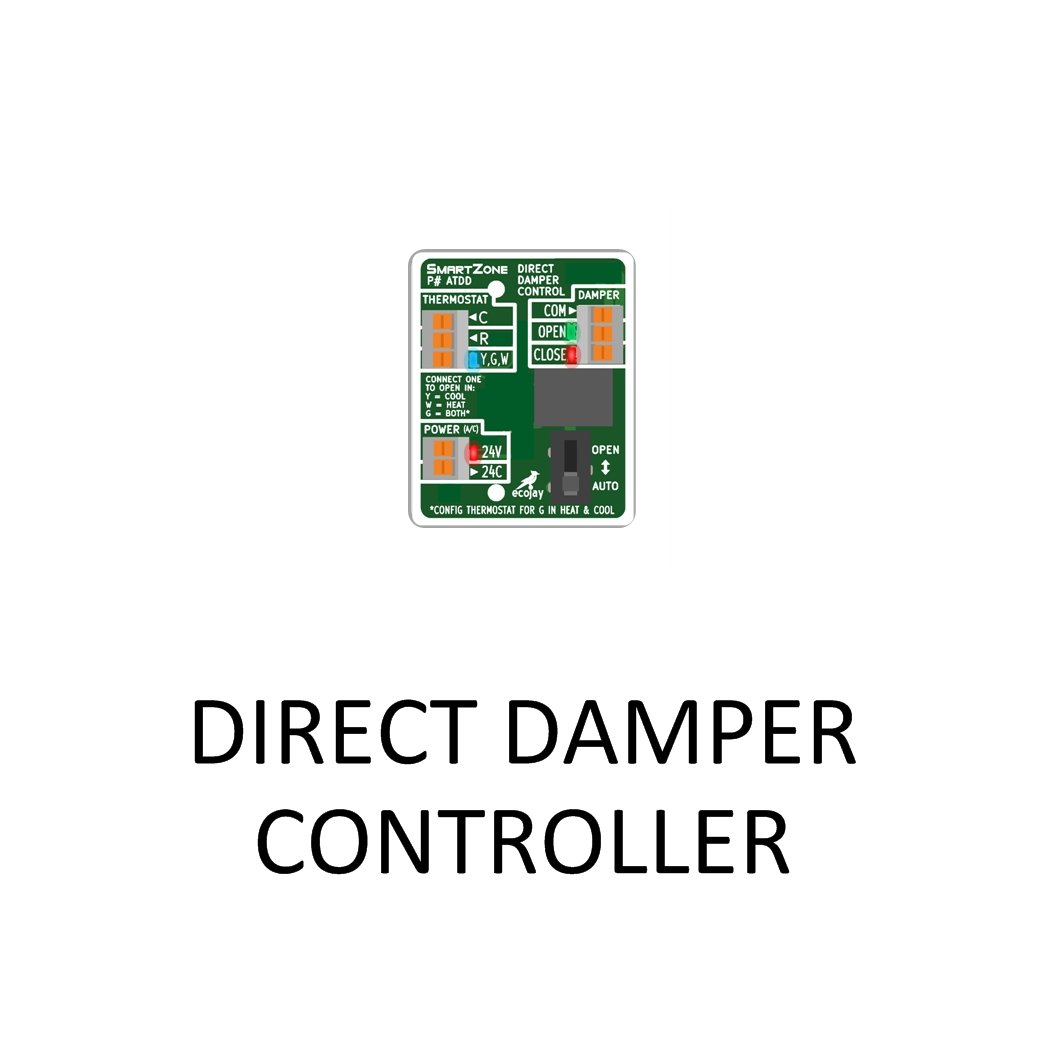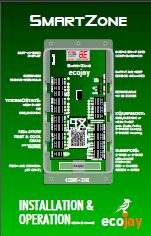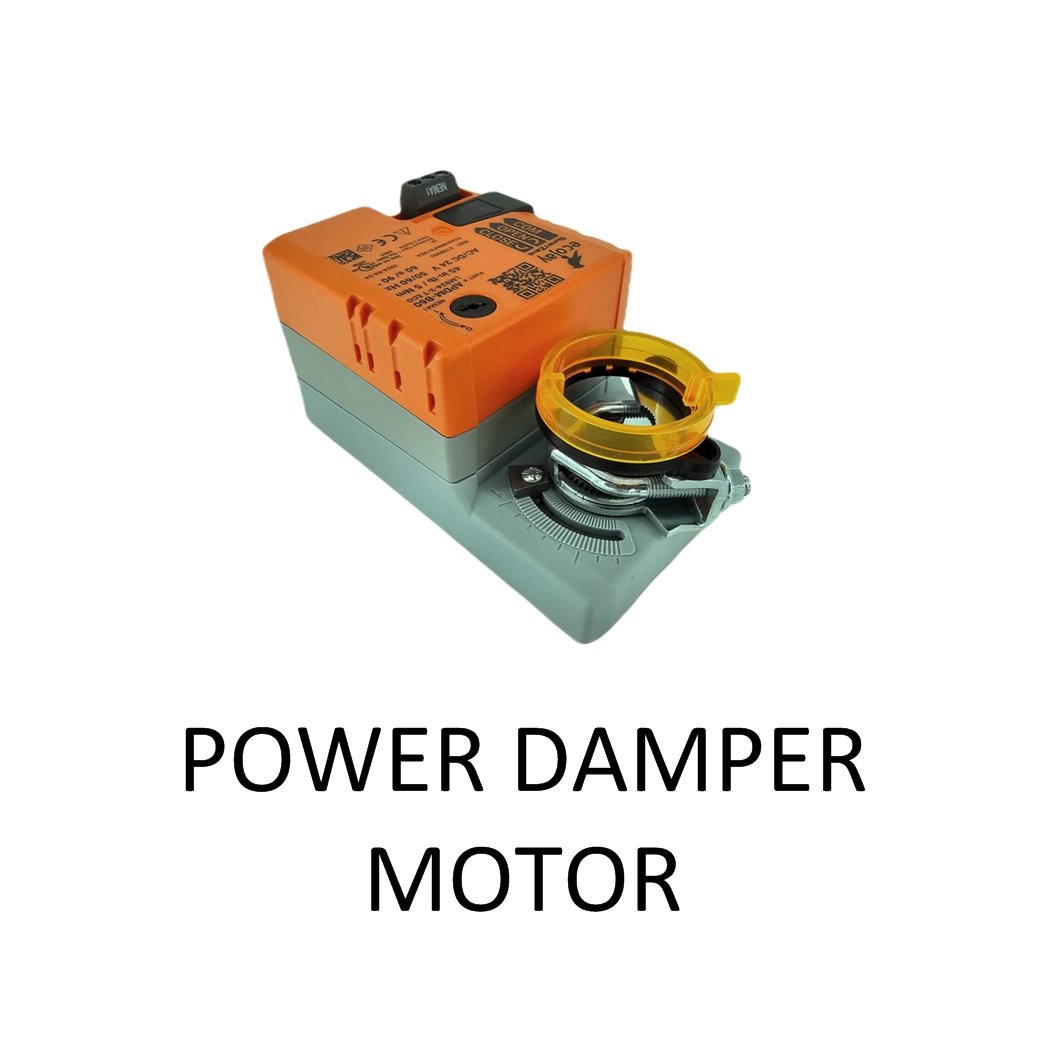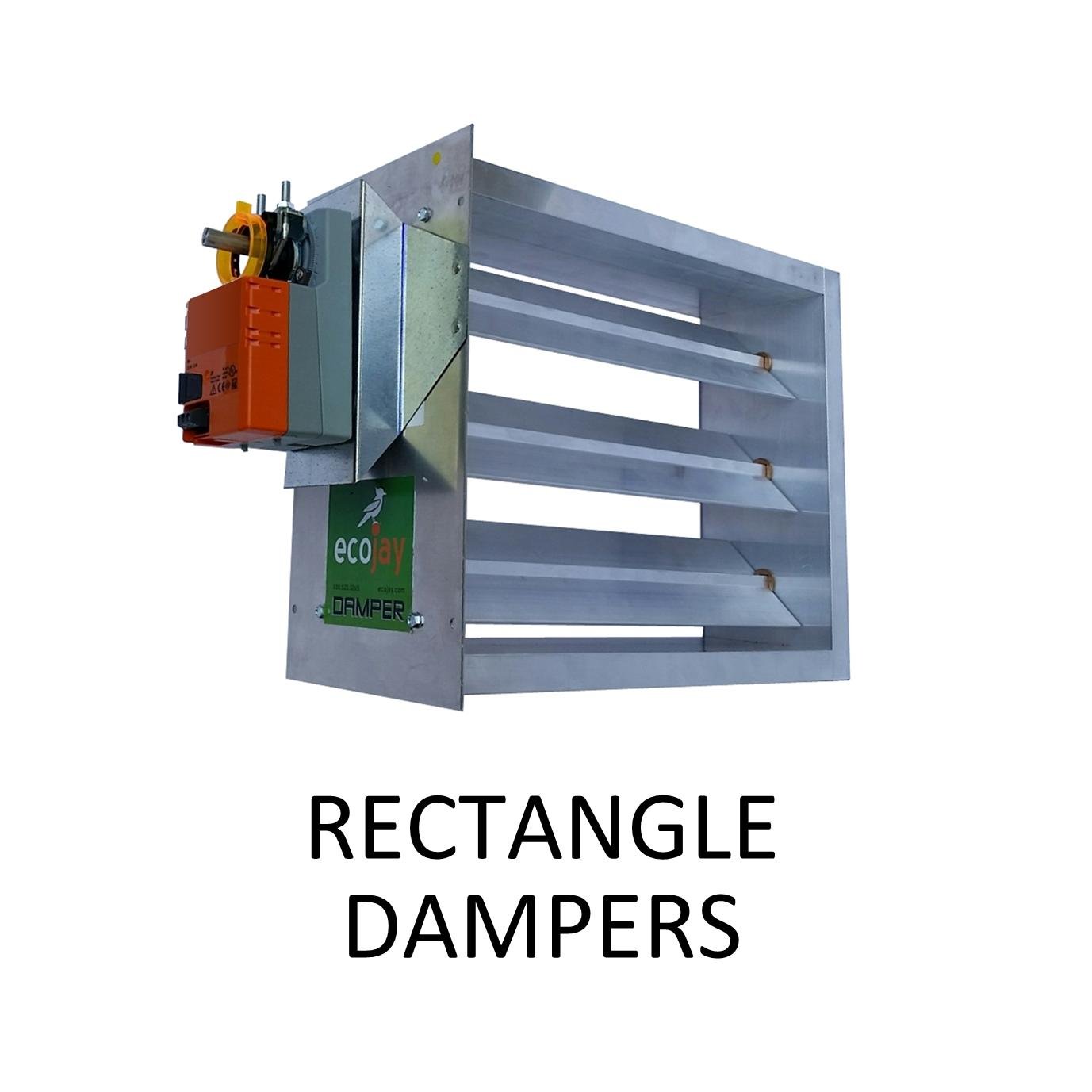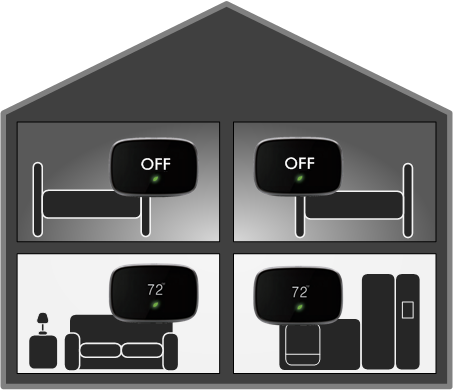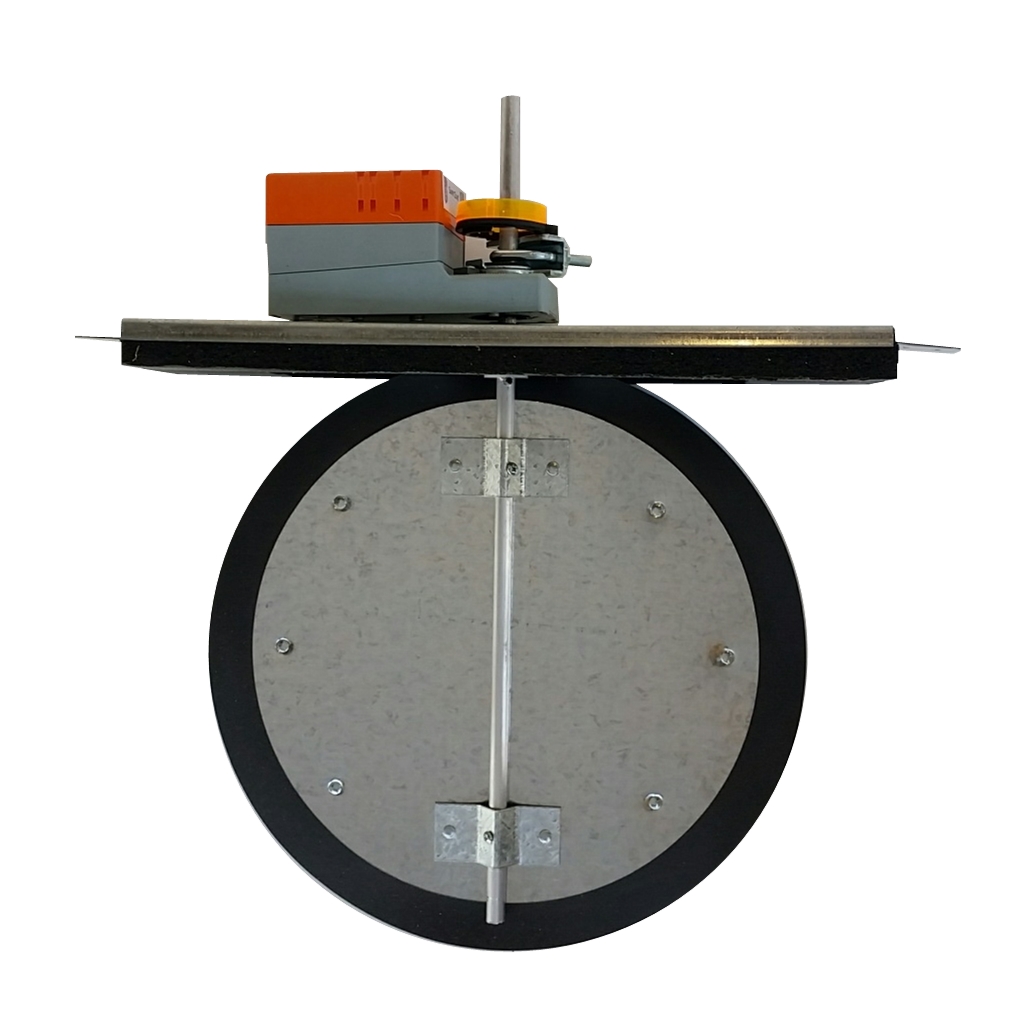ZoningSupply.com is absolutely thrilled and honored to be featured in the latest ACCA (Air Conditioning Contractors of America) newsletter. The inclusion in ACCA’s June 6, 2025, edition is a significant recognition from one of the most esteemed organizations in the HVAC industry—an endorsement we don’t take lightly.
Why this matters so much to us
Being highlighted in ACCA's newsletter places ZoningSupply.com directly in front of professional HVAC contractors, engineers, and industry decision-makers. These are the people who depend daily on high-performance zoning systems and quality components to deliver market-leading comfort, efficiency, and precision to their customers. It's an invaluable endorsement that resonates on two fronts:
Industry validation. ACCA represents the gold standard for HVAC professionals. Their newsletter is a trusted source—so being featured underscores the reliability and merit of our products and services.
Broader reach. The ACCA newsletter goes out to a vast network of active contractors and technical professionals. This means our message makes its way into inboxes of contractors who might not yet know us—but absolutely need us.
What ZoningSupply.com brings to the table
At ZoningSupply.com, we specialize in top-tier zoning controls, dampers, thermostats, and accessories. Our passion and expertise lie in delivering:
Precision control technologies: Enabling contractors to tailor environmental comfort on a room-by-room basis, effectively addressing load diversity and delivering from demand-driven comfort systems.
Energy optimization: Helping homeowners and building managers reduce energy usage and increase HVAC system longevity through zoned control strategies.
Contractor-centric support: We know how important it is for contractors to have dependable service, fast shipping, and easy returns—and we make that a priority.
Being featured in ACCA’s newsletter gives us a powerful opportunity to reinforce these messages. We see it as a chance to say, “Yes—you can trust us with your most demanding jobs. We’ve demonstrated our commitment to excellence and leading-edge solutions.”
How we’ll leverage this spotlight
Our ACCA feature isn’t just an accolade—it’s a platform. Here's what comes next:
Deepened partnerships: We will connect with ACCA member contractors to share case studies, installation tips, and training resources.
Enhanced educational outreach: We'll create webinars and white papers that dive into zoning best practices.
Continued innovation: As ACCA elevates industry standards (through Manual J®, Manual D®, zoning specifications, etc.), we’ll stay at the cutting edge—introducing new thermostats, actuators, and communications modules aligned with ACCA methodologies.
A heartfelt thank-you
To ACCA: thank you for spotlighting us. Recognitions like this fuel our mission to empower HVAC professionals with smarter, more precise control solutions. And to ACCA members: we’re eager to deepen our collaboration, support your next zoning or retrofit project, and help drive industry-wide excellence.
Here at ZoningSupply.com, we’re motivated more than ever—thank you for featuring us, and for being a pivotal part of our ongoing journey toward precision comfort and energy-efficient HVAC innovation.


